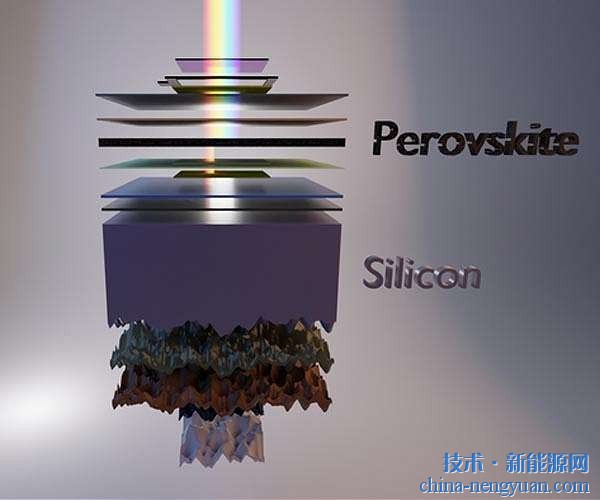 |
With the addition of various ingredients, the greenish liquid gradually becomes a brownish colloid. The color-viscous material developed by the University of Toronto in Canada may pave the way for a new, cheap way to store renewable energy.
The study found that after the material was spread onto a metal belt and energized, the rate of breaking water molecules was three times higher than that of commonly used materials, and the cost was much lower. Zhang Bo, a visiting researcher at the University of Toronto, said that the magical colloidal material it developed could act as a catalyst to decompose water into hydrogen and oxygen.
The key to the relevant hydrolysis process is the use of relatively inexpensive and abundant tungsten metal. Tungsten itself does not decompose water, but it can change the properties of other components under the action of a catalyst, especially iron-cobalt oxides, thereby making water decomposition easier. Moreover, this new material can be made at room temperature and can be made to be as easy to use as a sticker.
The researchers said that the new colloidal material can promote the development of industrial-scale hydrolysis technology. During this process, oxygen as a by-product is usually released into the atmosphere while hydrogen is stored. Later, in the fuel cell, these hydrogens can recombine with oxygen to generate energy.
Storage has always been a problem that has plagued the renewable energy field. Battery technology has not provided a cheap and long-term means of storing large quantities of electrical energy. The advantage of the new technology is that it can store electricity generated by intermittent renewable energy sources (such as solar and wind energy) for use indefinitely in the future.
The new colloidal material is the first concrete result of the Bionic Energy Project funded by Canada’s Advanced Projects Institute (CIFAR). The project was led by Edward Sargent, a prominent energy expert at the University of Toronto. The research results were published in the latest issue of the journal Science. (Reporter Feng Weidong)
Photolithographic Multispectral Filter
Photolithographic multispectral filters are precisely produced by a composite process of lithography and coating, and multiple spectral channels are integrated in different spatial locations on a single substrate. Each channel is spatially aligned with high accuracy on the basis of excellent spectral characteristics.
Photolithographic Multispectral Filter,Channel Master 4 Way Splitter,Channel Master Fm Filter,Channel Master 5G Filter
Changchun Champion Optics Co.,Ltd , https://www.champion-optics.com